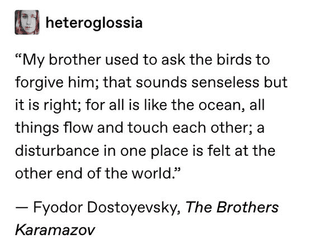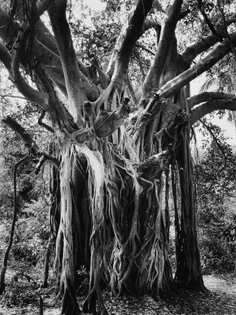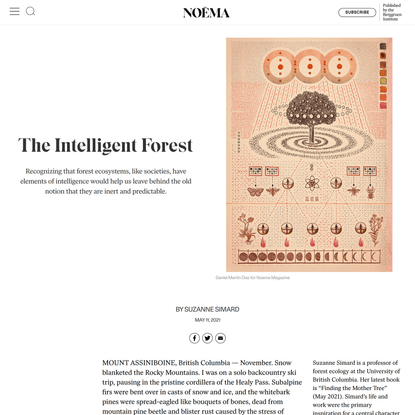Info
An ode to all our relations,
Suzanne Simard's Mother Tree Project,
a radical perception of world as Home,
access to mycorrhizal networks & tree roots
He wonders how he found it in him to use the word we. But he’s glad he did. Everything was we, back then. A surrender to cooperative existence...
...No separate trees in a forest.
⚘ Richard Powers, The Overstory
This channel appears in
🌱 inbox, the jungle of forking paths, ⬛ Method, plants (・ω ・✿), res:// Psychonautics, soft reminders, ANTROPROMOPRH ANTROPOCENTIC, 👀 are.na starter kit, for later , FUNGUYS, res:// Fractality — Emergence & Systems ⸙, ♧ for Pepe, create ur reality, evergreen, let's go to a place that no one knows, & channel names that radiate, Tree-001, interrogating the line , Cyber Sanctuary, Plant Ancestors, Regeneration, Criando Uma Vida Compartilhada, how other beings exist, moss, Invisible Systems, 21st century hippies on Are.na, 🌳 Access Ecologies, it’s the greening of the trees that really gets to me, 🌳 tree fan club, Enchantment - animism, the word for world is forest, 🌱and the green finds everything 🌱, digital soul, ▵ etc., ✳ meta-access research buffer, 🕸 fungal ecologies, 🌼 more-than-human communication, 👀 starter kit for dad, Connection + Community 🔗, a🌿bun🦚dance🦠, 🌿 soul trip, Ecologies of Care, flora + human, my little rhizome, Landed, Gentle, 7/22/22 Channel walkthroughs ft. William, Dobu Haishen, Alex Tan, Melanie Hoff, lost civilization, huh, Intertwined film project , break room, If I ever have a religion , channels i'd like to revisit, JUNGLE, interconnections., Start, and framework visualized



